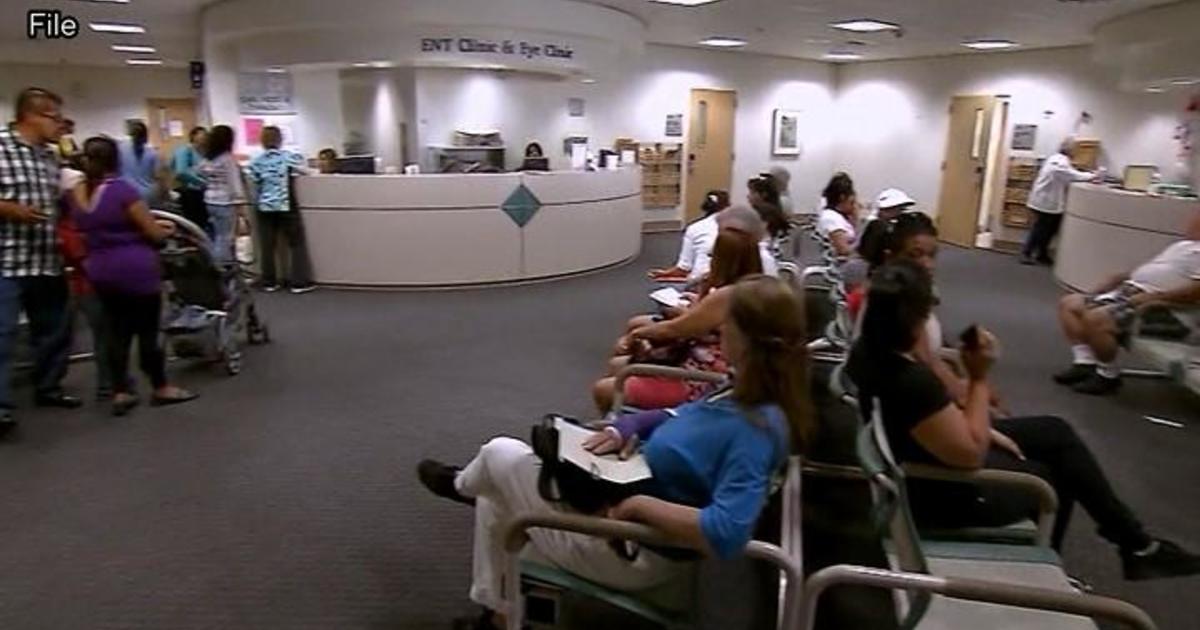NASA Studies Asteroid Collisions From Millions Of Years Ago
BALTIMORE (WJZ) -- The bombardment of Earth by asteroids and comets billions of years ago have been all but erased by time.
But there's a place where time has stood still, WJZ's Alex DeMetrick reports.
A few years ago, NASA sent twin satellites to orbit the moon.
Called the GRAIL (Gravity Recovery and Interior Laboratory) Mission, it made detailed measurements of the moon's gravity, including the Orientale Basin, a massive 3.8 billion-year-old crater, formed by a very large asteroid.
"Then the whole crust and mantle resettled, so it's not as simple as punching a hole in the moon," says Sander Goosens, a UMBC scientist. "There's a whole lot of settling afterwards, as well."
That settling is what Goosens is studying. Analyzing Orientale's gravity finds more force at the crater's center, where there should be less.
What happened to the moon was also happening to the Earth 3.8 billion years ago.
"Because it's basically the same system, the Earth-Moon system," according to Goosens.
Which means that ancient bombardment by asteroids reshaped the Earth, too. But an atmosphere, erosion and a constantly moving crust erased those early craters.
Studying how they formed on the moon is a way to look back at that time and the forces that were at play.
"It gives us a good idea, a better idea, of what conditions in the early solar system must have been like."
On Earth, scientists have been drilling into the buried crater of the asteroid that hit the Yucatán Peninsula 66 million years ago, leading to the extinction of dinosaurs.
Follow @CBSBaltimore on Twitter and like WJZ-TV | CBS Baltimore on Facebook



